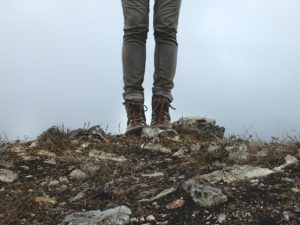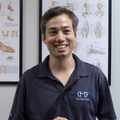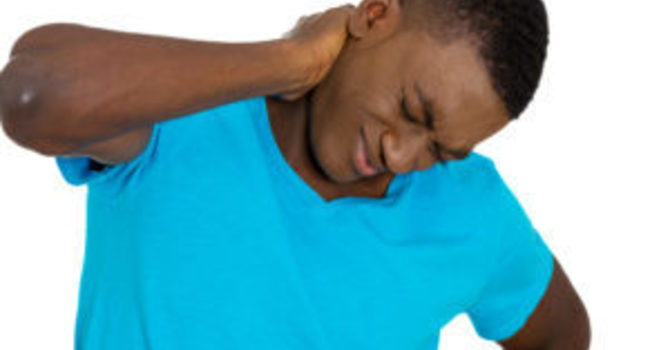
Tendons have some unique properties. They are considered viscoelastic. This means they are strong enough to handle the strong muscle contractions that occur when you move your joints and are yet flexible enough to angulate around your bones to create the desired muscle pull. Think of a modern day compound bow in which the cable represents a tendon angulating around the two limbs of the bow via the cams.
Tendons act as the attachment point from muscle to bone and therefore help the musculoskeletal system move and maintain its posture. They are mechanosensitive. This means they respond to the type of mechanical stress they are under, by biological and physical changes. Think of the tendons that you are likely familiar with and how they help move your body dynamically and maintain posture statically:
- Achilles tendons
- Rotator cuff tendons
- Patellar tendons
Now think about the fact that all the muscles in your body attach to bone via tendons in order to create movement and maintain joint posture/alignment. It takes unique properties to exact all of these movements and joint postures. So what are these unique structures made of?
- Collagen: primarily collagen type 1, which is arranged in a parallel fashion, making tendons good at handling the forces they are subject to during activity.
- Elastin: gives the tendons an elastic property
- Vascularization: tendons have a limited blood supply
- Sharpey’s fibers: the fibers which attach to the bone and become continuous with the bone
Around 30% of musculoskeletal pain complaints seen by general practitioners are tendon related. In 2008, orthopedic surgeons saw at least 2,000,000 rotator cuff tendon complaints alone. Tendon pain and injury is not only common, but it affects all ages. These injuries are primarily caused both by occupational and sporting activities. The most commonly affected tendons are:
- Achilles tendon
- Patellar tendon
- Hamstring tendons
- Elbow/forearm tendons
- Rotator cuff tendons
Chronic and Acute tendon injuries include:
- Tendonitis – inflammation of the tendon
- Tenosynovitis – inflammation of the tendon sheath
- Enthesopathy – injury to the tendon at the insertion site on the bone
- Tendinosis – degeneration and thickening of the tendon
- Partial tears – an incomplete tear of the tendon disrupting tendon integrity
- Complete tears – complete disruption of tendon integrity
Note: Partial and complete tears are most common in tendons with tendinosis (degenerated tendon)
Treatment:
Since a tendon is a mechanosensitive tissue which responds to stress by changing physically and biologically, healthy stressing and loading of a tendon is the main treatment modality. Tendons can be stressed manually by exacting the right kind of pressure. In our office, we provide healthy stress to tendons by both hands on and instrument assisted means. Loading a tendon in various ways through corrective exercises is the other way we can have great effect on how tendons respond. Understanding that tendons respond to physical stress and load means that drug therapy alone is incomplete or ineffective. Currently, researchers are exploring the value of stem-cell therapies as a possible adjunct treatment modality to healthy stress and healthy loading of tendons.
Tendon injury and pain is a huge economic burden to the healthcare system. It is relevant to us all, because it affects all ages. Quality of life can be affected greatly because of tendon injuries. Both researchers and treating practitioners must work together to better understand the cause and recovery of tendon injuries.
©CenterForMusculoskeletalFunction2018
References
Nordin, M. (2012). Basic biomechanics of the musculoskeletal system. Philadelphia: Lippincott Williams & Wilkins.
Nourissat, G., Berenbaum, F., & Duprez, D. (2015). Tendon injury: from biology to tendon repair. Nature Reviews Rheumatology, 11(4), 223-233. doi:10.1038/nrrheum.2015.26
Rio, E., Kidgell, D., Moseley, G. L., Gaida, J., Docking, S., Purdam, C., & Cook, J. (2015). Tendon neuroplastic training: changing the way we think about tendon rehabilitation: a narrative review. British Journal of Sports Medicine, 50(4), 209-215. doi:10.1136/bjsports-2015-095215







